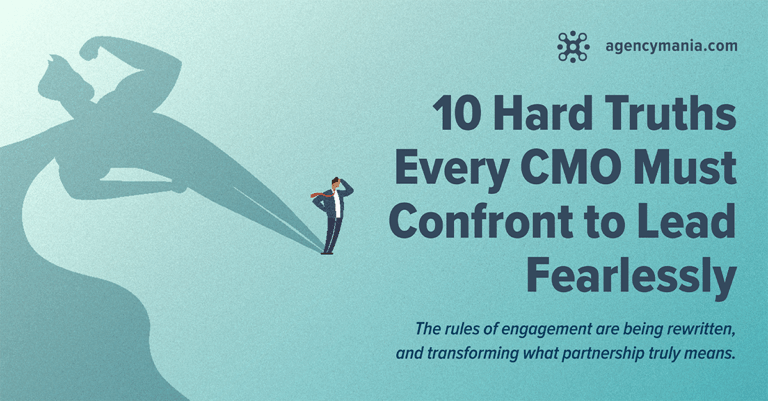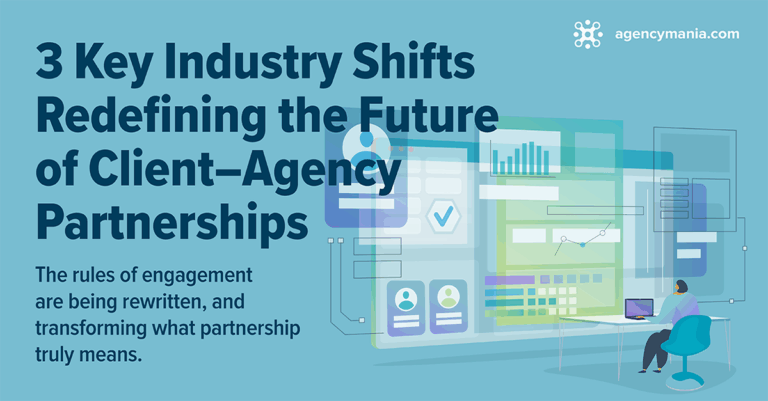Download a print-friendly version here
Less is More. More or Less.
The world of marketing has become incredibly complex. Advertisers are building new muscles to deliver ever-more integrated consumer experiences, requiring them to assemble a broad set of specialty skills and agency competencies. However, as CMOs face greater complexity, many of them have chosen to reduce the number of moving parts by simplifying and consolidating their agency rosters. The decision may have resulted in working with one holding company or assigning AOR status to a reduced set of agencies, as was the case for Qualcomm, which consolidated its international and U.S. creative work under McCann, or Sony and P&G, which also have consolidated their businesses with fewer shops. For these CMOs, less is more. It often comes at a price. The tradeoff frequently means working with less specialized resources and limited flexibility in choosing the right type of agency resources.
Global brands deal with greater choice and complexity
On the opposite end of the spectrum, to address these specialty needs, some brands choose to keep a flexible model (which I like to refer to as “controlled competition”), where marketers have a choice of agencies to pick from. The agencies are already under contract but there is a fair amount of flexibility by marketers to assign work, often requiring agencies to compete for it.
Olivier Francois, Fiat Chrysler’s CMO, shared a similar view with Automotive News last year: “Jeep is a bit different because we don’t have an AOR as we speak. What we do is we give a brief to our AOR of the brand. In 99.9% of the cases they come back with something we don’t like. But then we keep going back and forth. It’s a shared creative process. We love bouncing with ideas. They have a period of time to deliver something we are all convinced with. If this doesn’t happen, then we open the brief to any other AOR. All of them have generally 70% of the brand they own, and 30% of conquest on something else.”
Somewhere in the middle, many advertisers may simply want to have a roster of agencies, some of which have Agency of Record (AOR) status, often supplemented by a small set of approved specialized agencies. For example, an advertiser may have an AOR for creative, media, PR and search, as well as a roster of approved agencies for retail, design, social, video, content, events and so on, leading to a sizable number of specialty agencies for marketers to pick from. Global brands have regional and local agencies to augment their global AORs and provide adequate support, making the problem of tracking and managing all of these agencies exponentially greater.
Overcoming the access and knowledge gap
What are the implications for marketing budget owners? Even a reasonable number of agencies in many marketing service categories prove to be incredibly difficult to handle. I refer to it as the “access and knowledge” gap. Without adequate and timely access to relevant information about approved agencies, budget owners find themselves falling out of compliance with procurement mandates, going outside of the company’s agency roster to find what they need or wasting precious time and resources looking up information and researching the various options available to them. Even worse, they sometimes select the wrong agency for a particular assignment, leading to suboptimal work and performance. Not exactly the outcome brands are looking for.
Simplified roster management
How can a brand make it easier for its marketing teams to find the right agencies within its approved roster? Existing procurement systems are not designed to facilitate and simplify the search of an agency. From the user interface to the search functionality or level of detail offered, they fail to provide busy marketing teams access to actionable information about available agencies. New cloud-based solutions like RosterDeliverTM can make the internal agency search process faster and far more efficient, and ultimately, encourage compliance and better decision-making. Approved agencies can be invited to update their own information, provide relevant case studies and work examples, and update the rapidly changing team’s contact information, thereby greatly simplifying the process of keeping information current and relevant for their clients. The end result: CMOs no longer need to drastically cut their agency rosters to make sure their teams are using the right agencies for the right assignments.
Download a print-friendly version here






